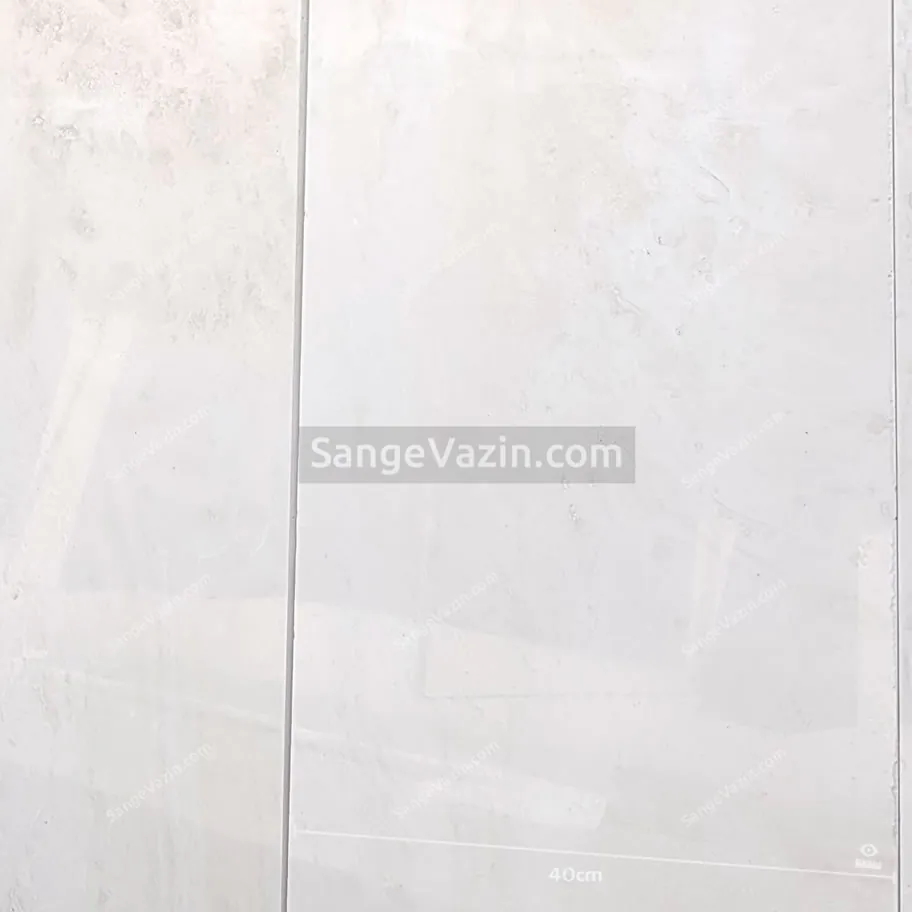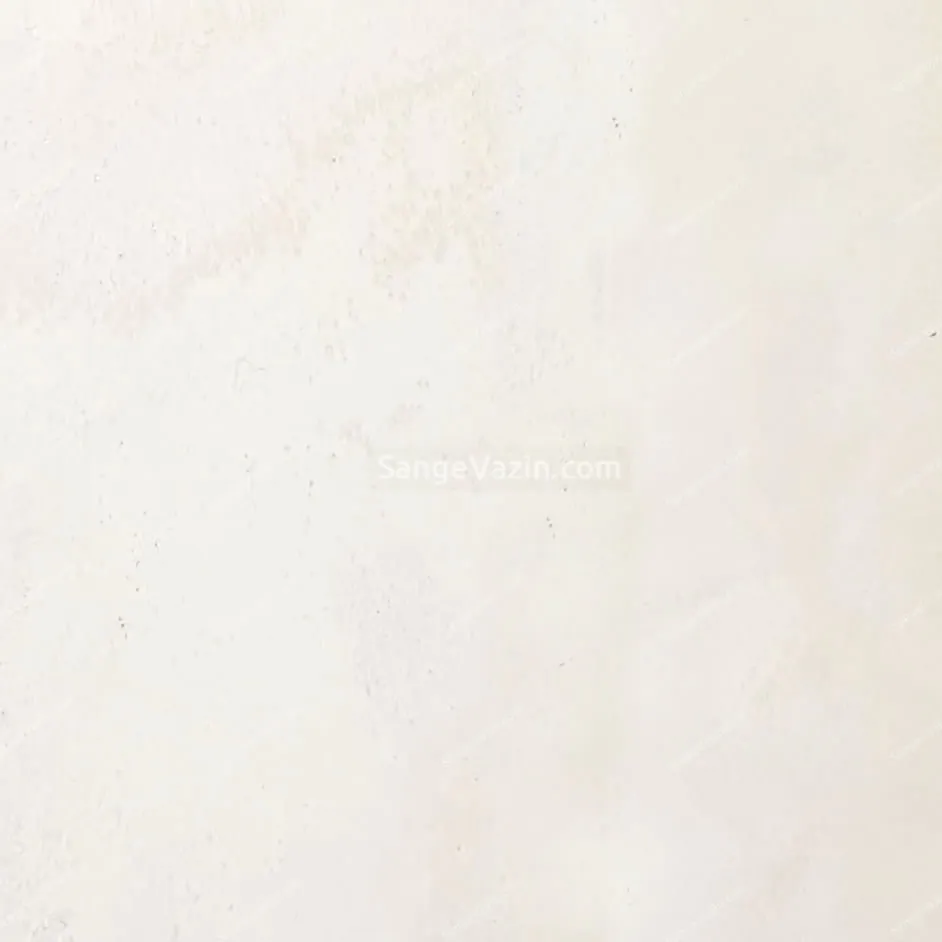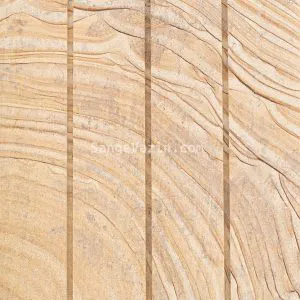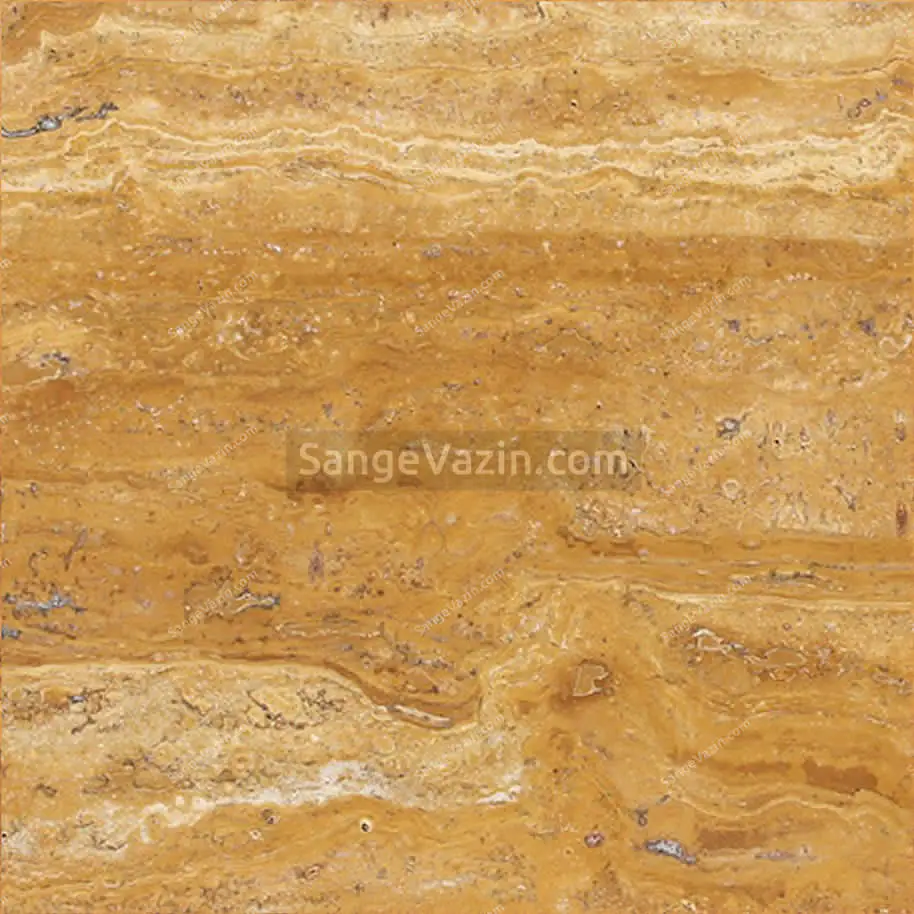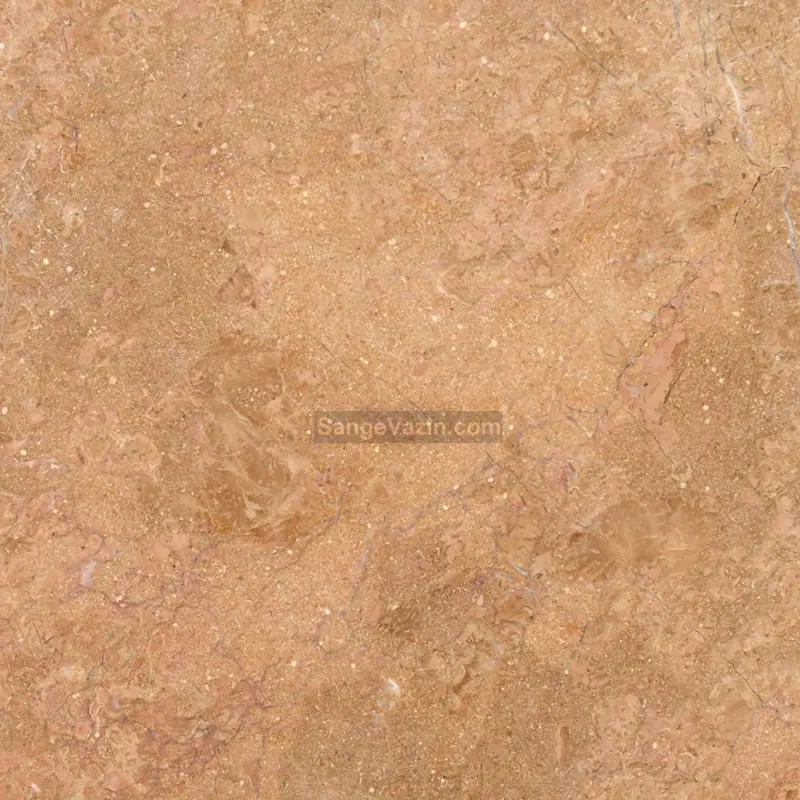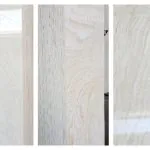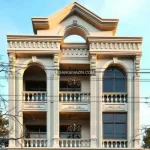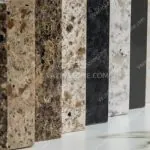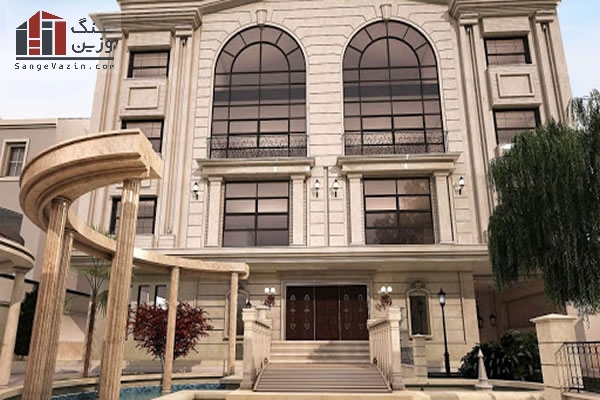
Facade Stone
Table of Contents
Needless to say, the main part of a building in terms of appearance is the exterior facade. The facade or frontage of buildings is the overall appearance, which expresses the general quality and style of the building. Each region uses different materials based on the environmental and climate conditions and of course the available building materials. Using natural stones as cladding for the frontage of a building is an old thing and still common, but the proper usage of stones as the facade of buildings is an important principle that must be considered.
Modern Facades
With the progress in the construction industry and building science, today, in order to build or rebuild buildings, there are great types of materials for everyone to choose from. In this situation, when it comes to speaking about frontage or facade claddings, natural stones play an important role. Although in recent years, synthetic materials have become popular, including a variety of composites, artificial wood, Thermowood, Slabco stones, etc, one can be quite confident that there is no material compared to natural stone in terms of appearance. The use of combinatorial materials like stone with glass or stone with brick or stone with composite panels as facade/frontage cladding has also become standard and common because of its beauty and cost-effectiveness.
Standard And Features Of Stone Frontage Claddings
1 / Beautifull appearance
The facade of the building represents the main appearance and character of the building. So, choosing a beautiful stone plays an important role in design and architecture. In addition, the durability of the color and surface of the stone over time is essential in the building frontage, because, as you know, the facade will be exposed to different weather conditions like intense sunlight, humidity, and acid rain.
2 / Resistant To Weather Conditions
The exterior of the building is exposed to different weather conditions and heavy sunlight. The stone cladding of building frontage should not wear out in the face of various weather conditions, and should also have good resistance being able to stay as good as its first day for a long time.
3 / High Adhesion
Facade stone should have acceptable adhesion to cement. If there is no proper adhesion, the possibility of stones falling down will increase over time. This drawback can be found in many of the previously used granite facades. Therefore, the municipality mandated to use screws to glue the granite stones.
4 / Low Density And Less Weight
The weight of the stone in the facade is vital because the use of dense and low-porous stones makes the building heavier. For example, granite has the lowest porosity and the highest density among stones, and therefore it is not recommended to be used in the facades.
Now you may have this question: is the porosity of the stone important?
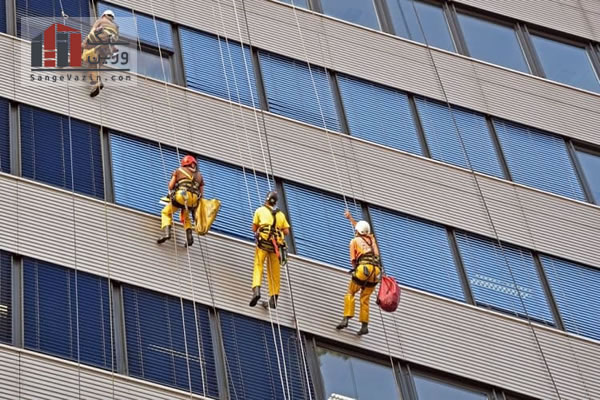
5 / Easy To Clean And Maintain
Stone cladding for building frontage in outdoor spaces is prone to pollution. It turns out that, cleaning the facade of the building is very important. The stones that do not have a shiny surface absorb dirt. Travertine stones used to be used in this way in the past. In recent years, the processing performed on travertine stones has made their surface shiny and free of pores, increasing its strength and ease of cleaning.
The Porosity Of The Stone
Porosity refers to the existence of empty holes and cavities in stone. Travertine is one of the entirely porous stones. The stone’s surface on the facade of the building should not be porous, otherwise, it’ll cause water or other materials to penetrate, and the stone will wear out over time. Of course, it is better to have holes in the back of the stone, which is to be glued to the wall. In the last century, by processing travertine stones with resin and covering the porous surface of this stone, travertine has become the best choice for stone facades.
Types Of Facade Stones
Different stones can be used in the facade of the building. Here, we briefly get to know some of them.
Travertine
It is the most suitable option for exterior facades and even interior facades. It is considered a light stone with suitable pores, and it easily adheres to the wall. In addition to the wall, it is also used as a paving stone, being resistant to the penetration of water, cold, heat, and UV rays, and has a variety of colors. This type is also used in Roman facades.




Marble
It is one of the known stones mainly used for the interior facade, paving, floor, and stairs. It is denser and has fewer pores than travertine. The types of stone that are used indoors or outdoor are different. For standard use of marble for various uses, special attention should be paid to the thickness, type of marble, surface finish, and other stone features.




Granite
Granite was used a lot in the facades of buildings in the past. However, due to its high weight, lack of adhesion, and oxidation of its iron in some sort, it is no longer recommended in facades.
Stone Facade Gallery






















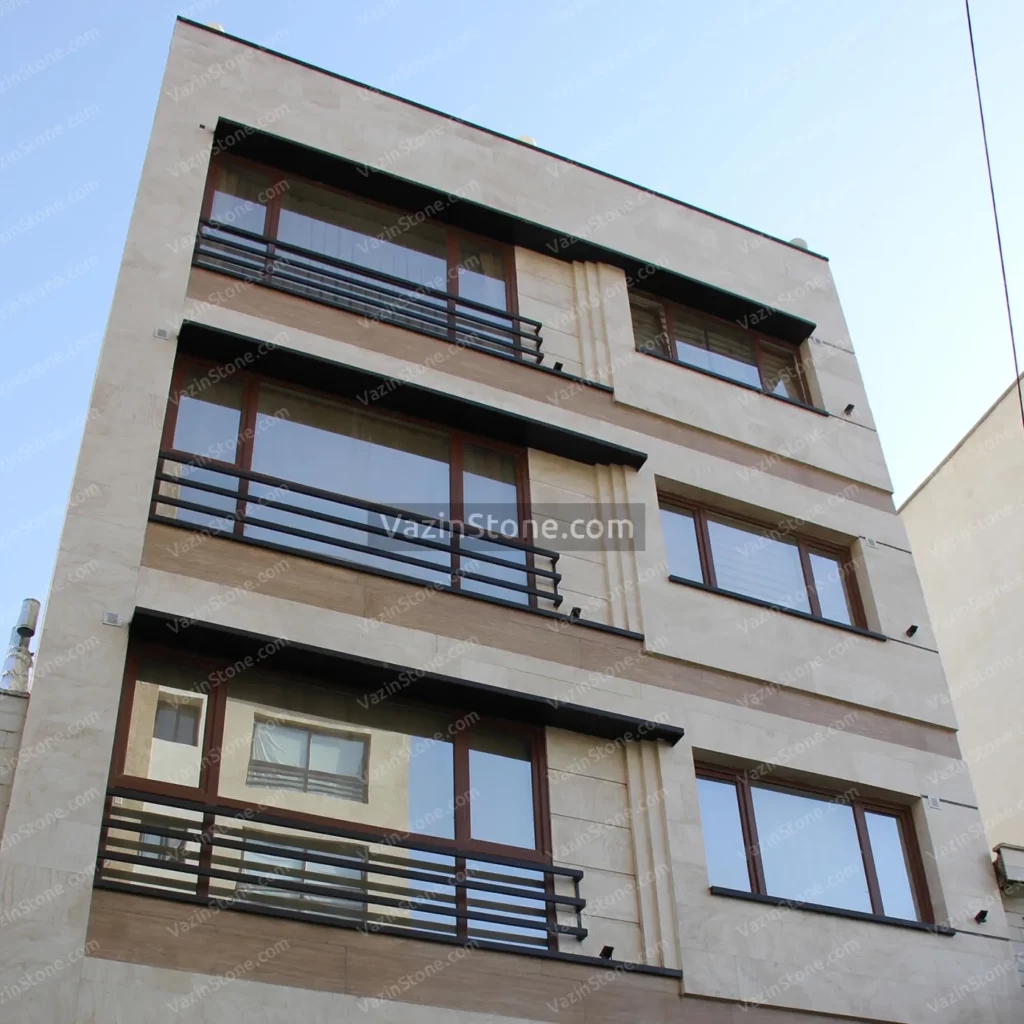







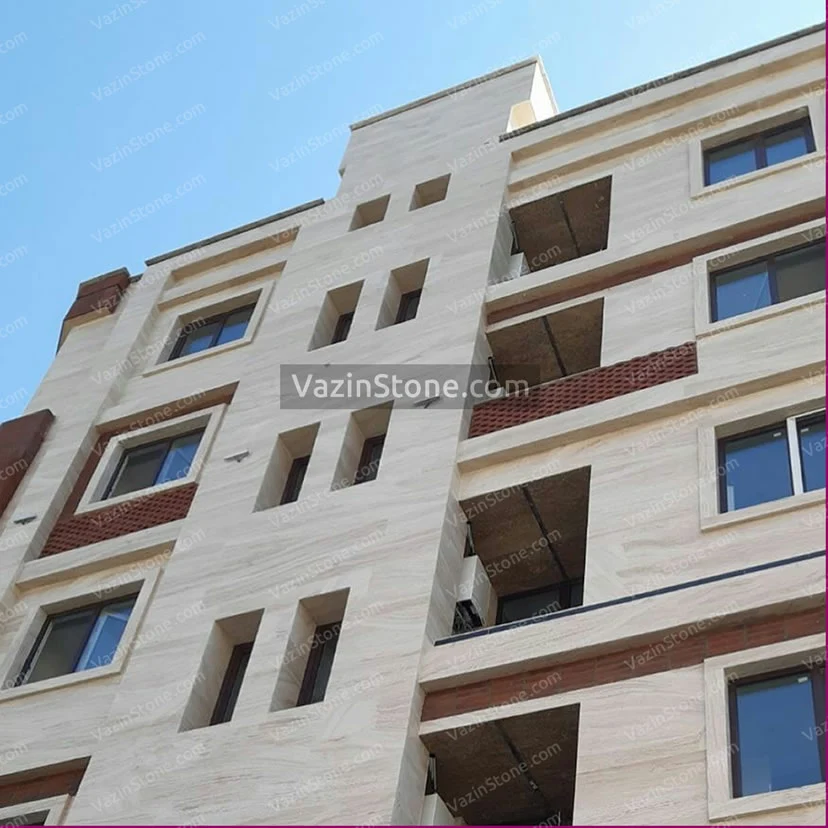






















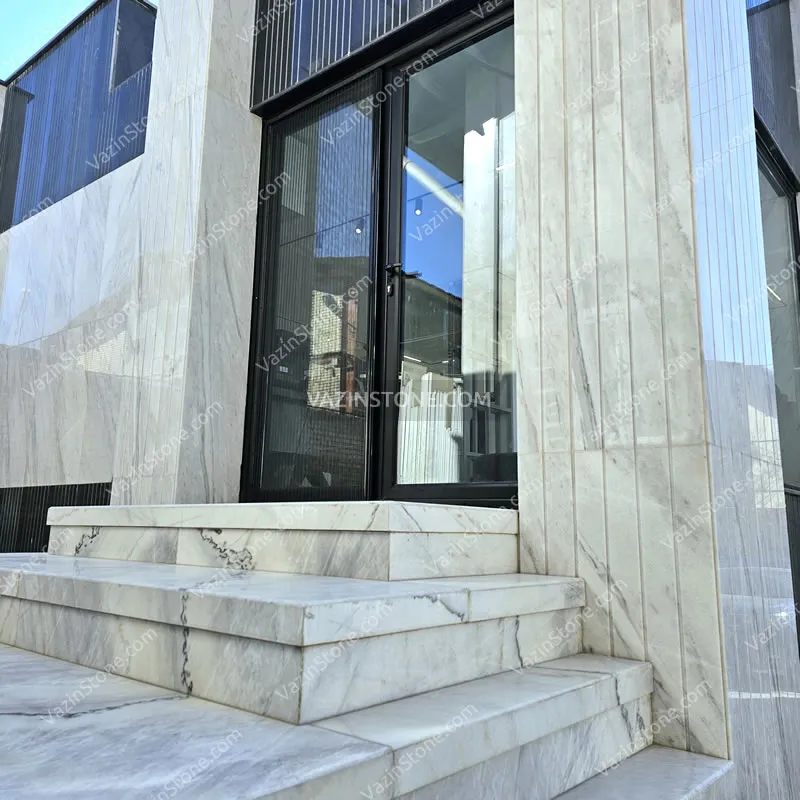
Roman Stone Facade Gallery





























Factors Affecting The Price Of Facade Stone
1- Type Of Stone
Stones with higher quality and those coming from rare mines essentially cost more. It is mostly builders of such stones who set the price.
2- Stone Size
Facade stones usually come in size 40 long. Now, the longer the length of this stone (ingot), the higher the price of the facade stone will be since it makes the facade seem more integrated.
3- Stone Color
In general, the brighter the color of the stone, the more pricey it gets; for instance, the price of Aatash-kouh and Abbas-abad stones are relatively higher than those of other mines because of their color.
4- Type Of Processing And Cutting
Travertine processing includes epoxy resin on the surface of the stone and its cutting quality. The use of high-quality materials and avoiding furnace processing will reduce the production speed but, at the same time, increase the price of stone facade. Also, cutting stone in small dimensions or even in the form of antique stones can reduce its price even by 95%.)
Conclusion
Travertine is resistant to frost, and because of its high porosity, it absorbs a lot of water. Different materials can be used to cover the facade. In the case of the stone facade of the building, travertine is the best choice because it has all the standard features for a facade. Now you can view and buy all kinds of travertine stones in SangeVazin at updated prices.
To Buy Facade Stone Online, Visit Our Products:
SangeVazin is a supplier of building facade stones with the best prices and exceptional sales conditions. To buy products, you can refer to our store page.
 Abbas Abad White Travertine$36 – $63
Abbas Abad White Travertine$36 – $63 Woody Marble$8 – $10
Woody Marble$8 – $10 Tabas Travertine$13 – $32
Tabas Travertine$13 – $32






